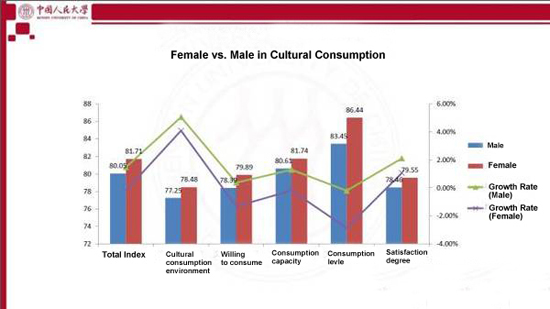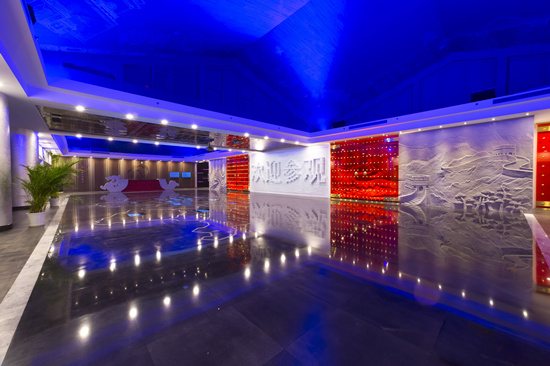Report ranks Beijing first in its cultural industry development
National reports on China's cultural sector, "2016 China Cultural Industry Development Index" and "2016 China Cultural Consumption Development Index", revealed that Beijing topped the rankings of both China's cultural industry and consumption development after a comprehensive assessment.
The reports, released on Oct 30, are to provide a general view of the cultural industry development in provinces and cities across China by highlighting the possible features.
This year, Beijing ranked highest in the overall cultural industry development index with a score of 84.72, followed by Shanghai (80.60), Jiangsu province (80.12), Zhejiang (79.72), and Guangdong (79.23).
The average score of the cultural industry development index of all the provinces and cities studied reached 73.71, indicating a consecutive increase from 2010 to 2016 with an average annual growth rate of 1.08 percent, according to Peng Yi, professor from Renmin University of China.
In terms of the cultural consumption index, there was also an increasing trend as the comprehensive index in China rose from 73.7 in 2013 to 81.5 in 2015, at an average growth rate of 3.4 percent. Beijing was seated at the top of the ranking, followed by Tianjin, Shanghai, Guangdong, Jiangsu, and Shandong.
The data reflects a great transformation in China’s cultural consumption environment – an ever-growing collection of products and services with more various and convenient ways to consume culture.
Research also found that women have a higher total score in cultural consumption than men as the former has a better consumption environment, a stronger will to consume, higher consumption capacity, and consumption level as well as higher degree of satisfaction with cultural consumption.

This has been the seventh year since the cultural industry development index was issued, and the fourth of the consumption index. And this year's research is based on 9,341 responses collected from 31 provinces and cities after sending out 10,000 questionnaires to cultural enterprises and citizens, which made the result more inclusive and objective.

 Responsibilities of the SOCAAC
Responsibilities of the SOCAAC Experiencing Beijing 2023
Experiencing Beijing 2023